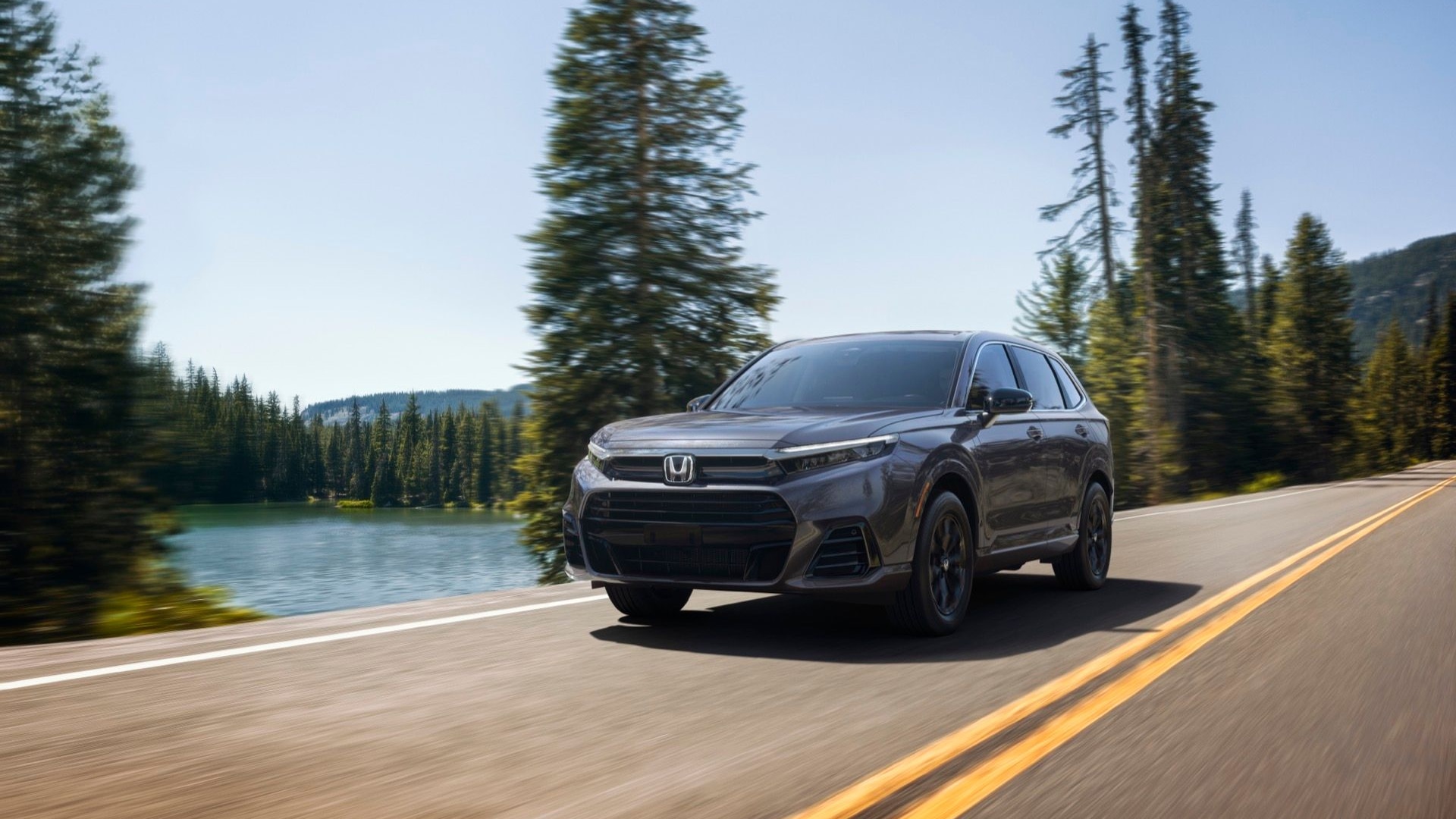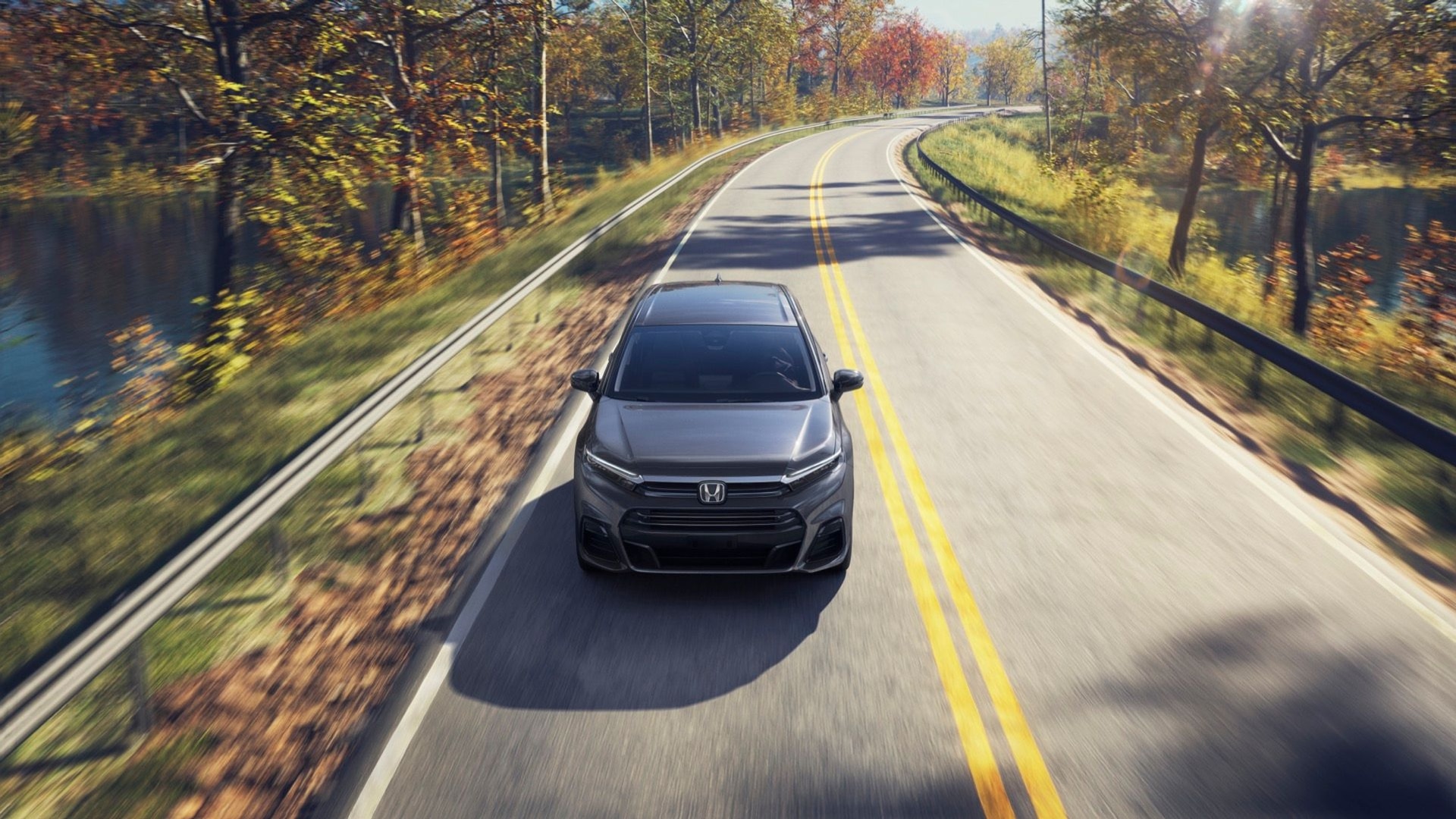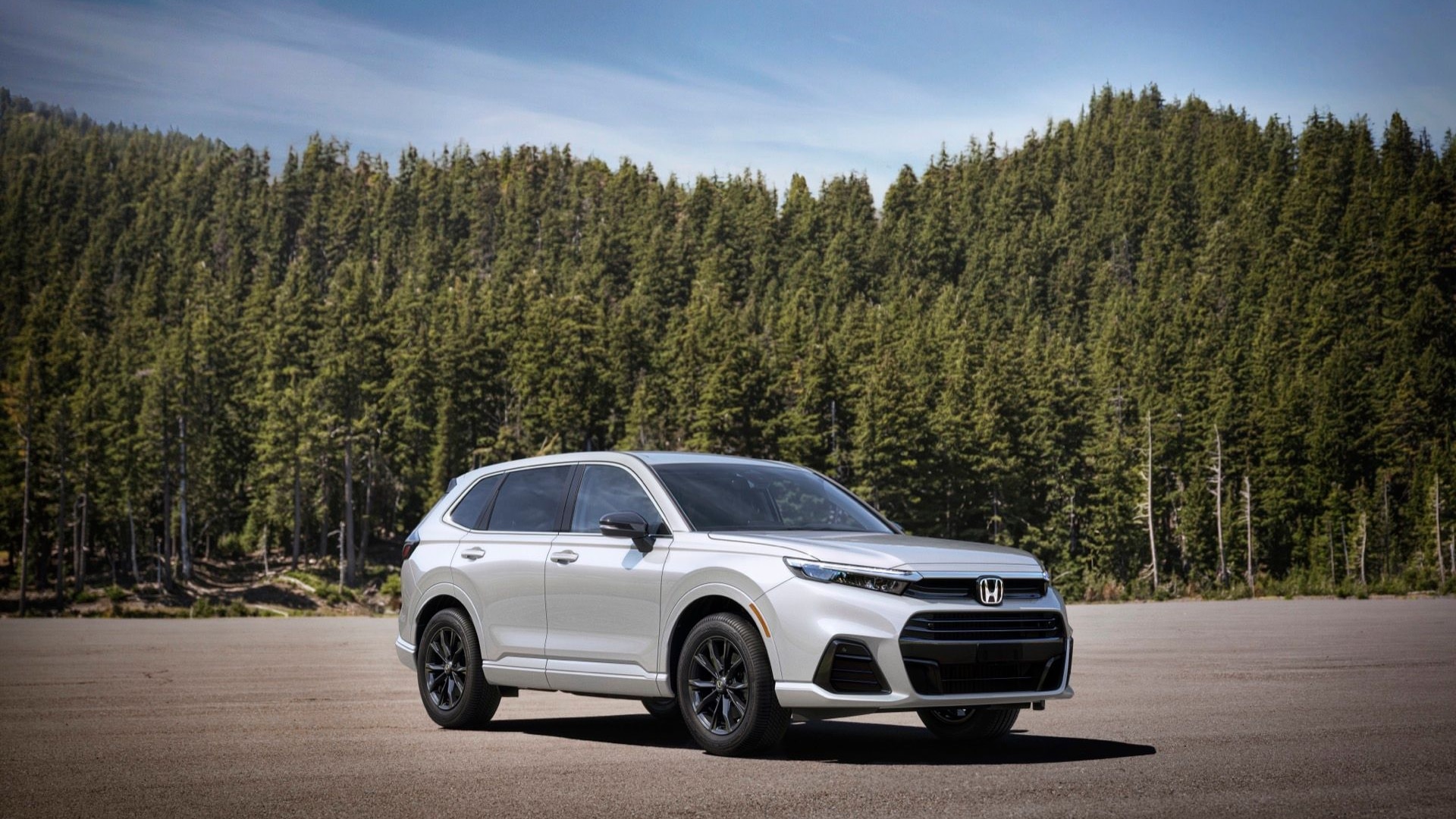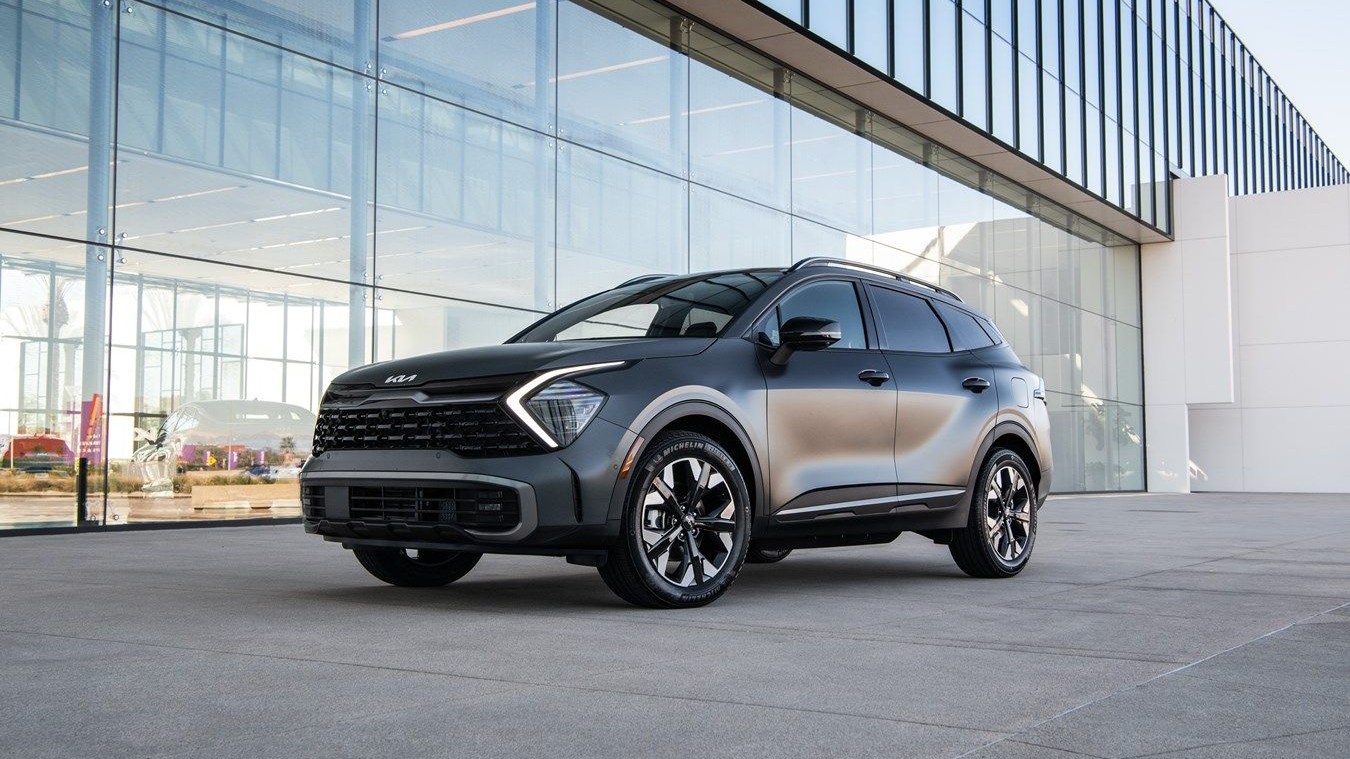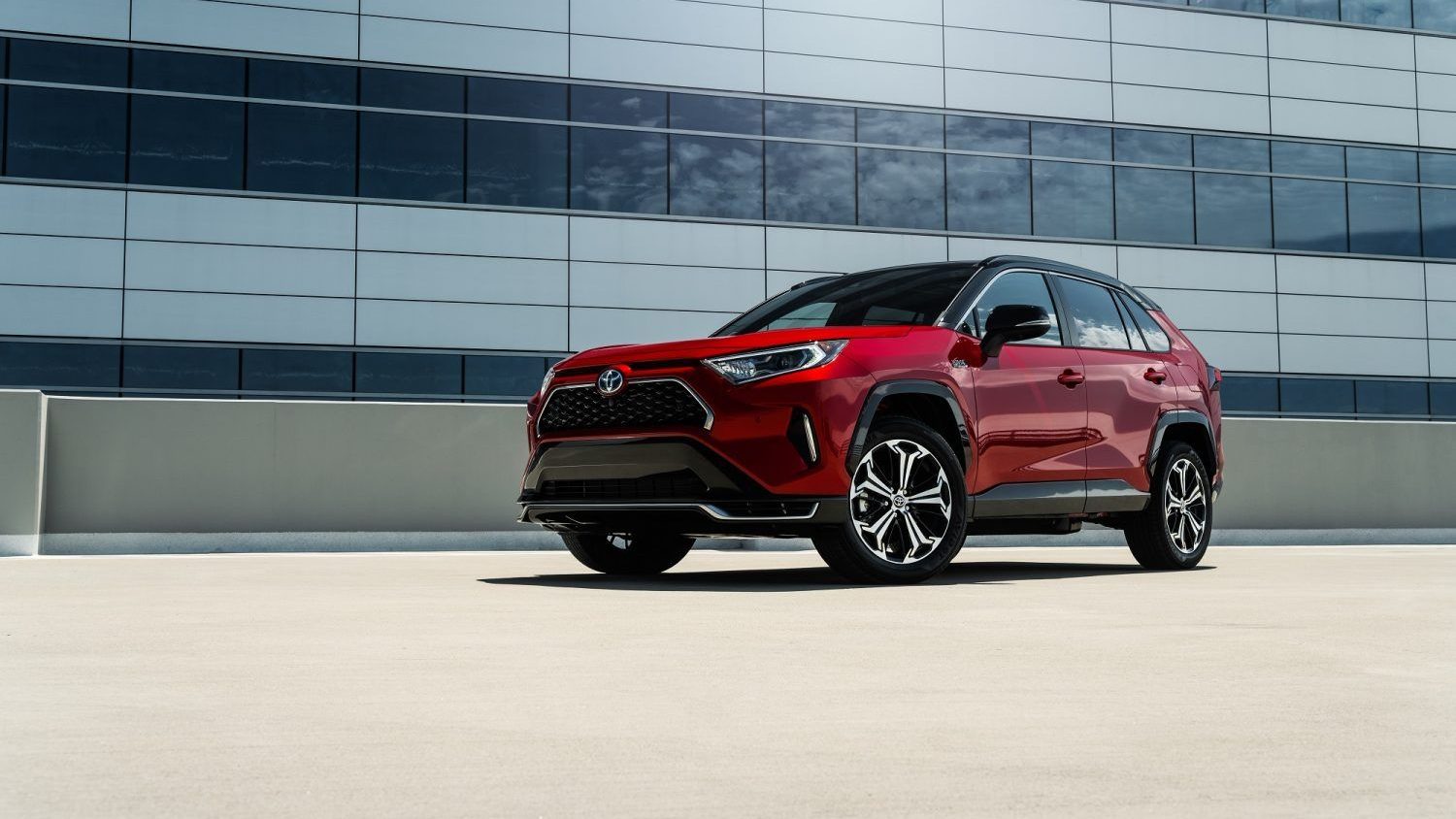Honda has launched a version of its popular CR-V compact crossover powered by a hydrogen fuel cell.
The new CR-V e:FCEV will arrive for the 2025 model year and be offered exclusively via lease to customers in California. Hydrogen filling stations are still hard to come by, and California is one of the few states with some stations open to the public.
In fuel cell vehicles, hydrogen is combined with oxygen from the air in a reverse electrolysis process that takes place within a fuel cell stack. Byproducts include water and electricity, with the latter used to power an electric drive system spinning the wheels.
Honda developed the CR-V e:FCEV's fuel cell with General Motors, and said costs have been reduced by two-thirds compared to the fuel cell used in the former Clarity Fuel Cell. Durability and performance in cold temperatures were also improved, Honda said.
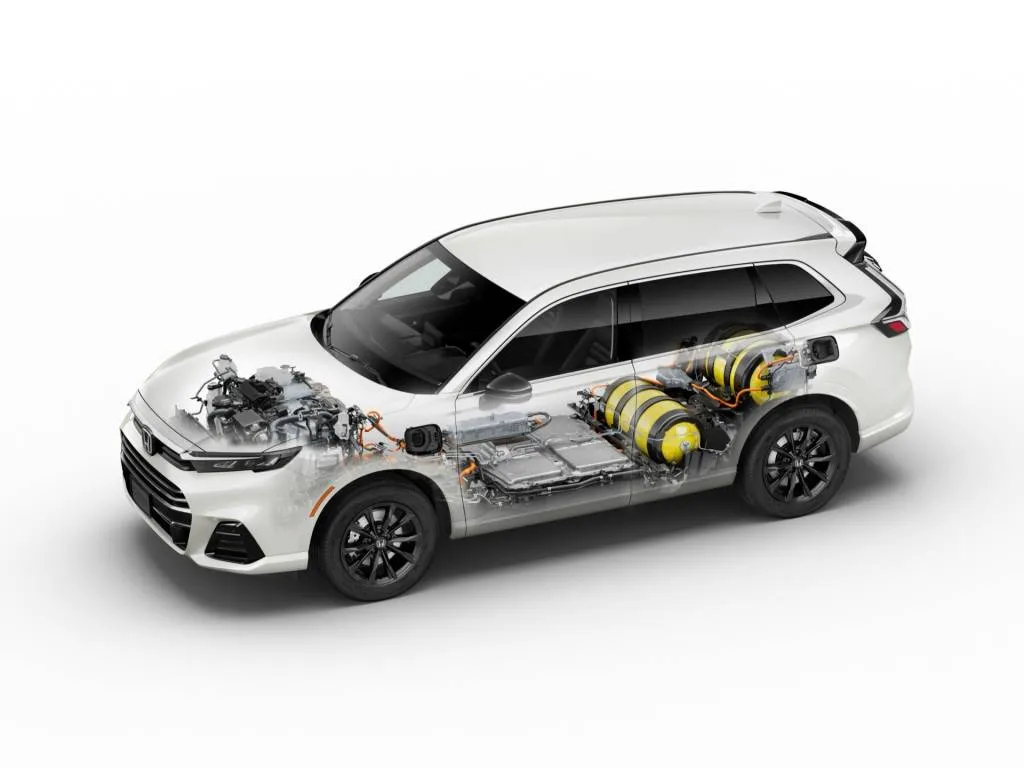
2025 Honda CR-V e:FCEV
In the CR-V e:FCEV, the drive system consists of a single electric motor at the front axle generating a peak of 174 hp. The vehicle also has a 17.7-kwh battery that on a full charge can deliver an estimated range of 29 miles. It has a plug, meaning owners can charge the battery at home, helping to reduce the time between hydrogen fills.
With a full tank of hydrogen, the combined range is estimated at 270 miles.
In this sense, the vehicle is like a conventional plug-in hybrid, but with a fuel cell instead of a gas engine. Mercedes-Benz had a similar design for its fuel cell GLC-Class built in limited numbers a few years ago.
Production of the CR-V e:FCEV is handled at the former plant of the Acura NSX supercar, located in Marysville, Ohio. NSX production came to an end at the specialist plant in 2022, though a future NSX possibly packing electric power may eventually be built at the site.
